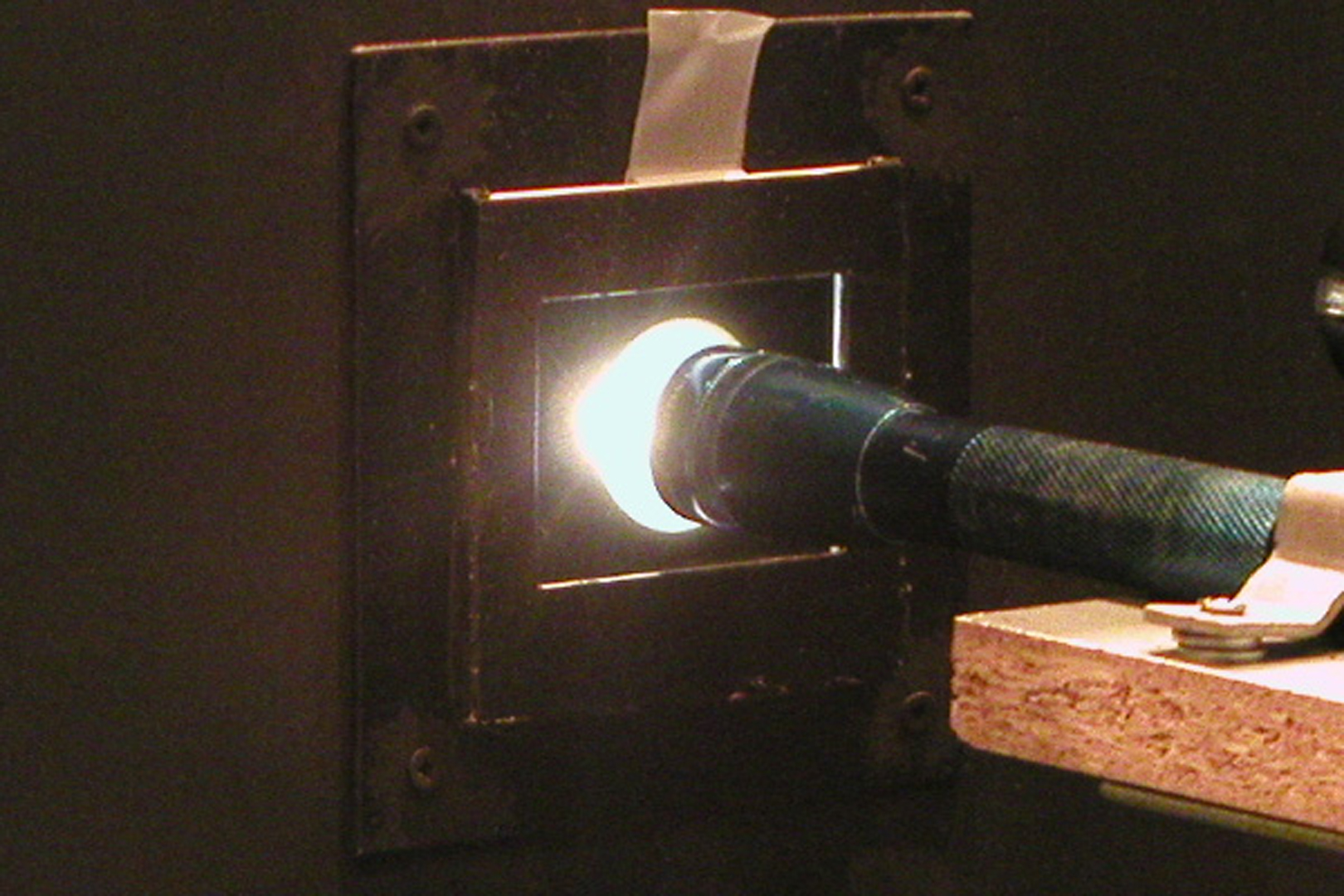“Accurate light source acquisition and rendering” by Goesele, Granier, Heidrich and Seidel
Conference:
Type(s):
Title:
- Accurate light source acquisition and rendering
Presenter(s)/Author(s):
Abstract:
Realistic image synthesis requires both complex and realistic models of real-world light sources and efficient rendering algorithms to deal with them. In this paper, we describe a processing pipeline for dealing with complex light sources from acquisition to global illumination rendering. We carefully design optical filters to guarantee high precision measurements of real-world light sources. We discuss two practically feasible setups that allow us to measure light sources with different characteristics. Finally, we introduce an efficient importance sampling algorithm for our representation that can be used, for example, in conjunction with Photon Maps.
References:
1. ASHDOWN, I. 1993. Near-Field Photometry: A New Approach. Journal of the Illuminating Engineering Society 22, 1 (Winter), 163–180.Google ScholarCross Ref
2. ASHDOWN, I. 1995. Near-Field Photometry: Measuring and Modeling Complex 3-D Light Sources. In ACM SIGGRAPH 95 Course Notes – Realistic Input for Realistic Images, ACM, 1–15.Google Scholar
3. DEBEVEC, P., AND MALIK, J. 1997. Recovering High Dynamic Range Radiance Maps from Photographs. In Computer Graphics Proceedings (ACM SIGGRAPH 97), ACM, 369–378. Google Scholar
4. GOESELE, M., HEIDRICH, W., LENSCH, H., AND SEIDEL, H.-P. 2000. Building a Photo Studio for Measurement Purposes. In Proc. of the 5th VMV Conference, 231–238.Google Scholar
5. GORTLER, S. J., GRZESZCZUK, R., SZELINSKI, R., AND COHEN, M. F. 1996. The Lumigraph. In Computer Graphics Proceedings (ACM SIGGRAPH 96), ACM, 43–54. Google Scholar
6. HALLE, M. W. 1994. Holographic stereograms as discrete imaging systems. In Practical Holography VIII, SPIE, vol. 2176, 73–84.Google Scholar
7. HEIDRICH, W., AND GOESELE, M. 2001. Image-based measurement of light sources with correct filtering. Tech. Rep. TR-2001-08, Department of Computer Science, The University of British Columbia.Google Scholar
8. HEIDRICH, W., KAUTZ, J., SLUSALLEK, P., AND SEIDEL, H.-P. 1998. Canned lightsources. In Rendering Techniques ’98, Eurographics, 293–300.Google Scholar
9. JENKINS, D. R., AND MÖNCH, H. 2000. Source Imaging Goniometer Method of Light Source Characterization for Accurate Projection System Design. In Proc. of SID Conference, 862–865.Google ScholarCross Ref
10. JENSEN, H. W. 1995. Importance Driven Path Tracing Using the Photon Map. In Rendering Techniques ’95 (Proceedings of the Sixth Eurographics Workshop on Rendering), Springer-Verlag, New York, NY, P. M. Hanrahan and W. Purgathofer, Eds., Eurographics, 326–335.Google Scholar
11. JENSEN, H. W. 1996. Global Illumination Using Photon Maps. In Rendering Techniques ’96 (Proceedings of the Seventh Eurographics Workshop on Rendering), Springer-Verlag/Wien, New York, NY, Eurographics, 21–30. Google Scholar
12. JENSEN, H. W. 2001. A practical guide to global illumination using photon mapping. In ACM SIGGRAPH 2001 Course Notes CD-ROM, ACM SIGGRAPH, ACM. Course 38. Google Scholar
13. JENSEN, H. W. 2001. Realistic Image Synthesis Using Photon Mapping. A. K. Peters, Natick, MA. Google Scholar
14. KELLER, A., AND WALD, I. 2000. Efficient importance sampling techniques for the photon map. In Proceedings of Vision Modelling and Visualization 2000, 271–279.Google Scholar
15. LAFORTUNE, E. P., AND WILLEMS, Y. D. 1993. Bi-directional Path Tracing. In Proceedings of Third International Conference on Computational Graphics and Visualization Techniques (Compugraphics ’93), 145–153.Google Scholar
16. LASTRA, M., UREA, C., REVELLES, J., AND MONTES, R. 2002. A density estimation technique for radiosity. In Ibero-American Symposium in Computer Graphics (SIACG’2002).Google Scholar
17. LEVOY, M., AND HANRAHAN, P. 1996. Light field rendering. In Computer Graphics Proceedings (ACM SIGGRAPH 96), ACM, 31–42. Google Scholar
18. PITMAN, J. 1992. Probability. Springer.Google Scholar
19. ROBERTSON, M. A., BORMAN, S., AND STEVENSON, R. L. 1999. Dynamic Range Improvement Through Multiple Exposures. In Proc. of the Int. Conf. on Image Processing (ICIP’99), IEEE, 159–163.Google Scholar
20. RYKOWSKI, R. F., AND WOOLEY, C. B. 1997. Source Modeling for Illumination Design. In Lens Design, Illumination, and Optomechanical Modeling, SPIE, vol. 3130, 204–208.Google Scholar
21. SIEGEL, M. W., AND STOCK, R. D. 1996. A General Near-Zone Light Source Model and its Application to Computer Automated Reflector Design. SPIE Optical Engineering 35, 9 (September), 2661–2679.Google Scholar
22. VERBECK, C. P., AND GREENBERG, D. P. 1984. A comprehensive light source description for computer graphics. IEEE Computer Graphics & Applications 4, 7 (July), 66–75.Google ScholarDigital Library
23. WALTER, B., HUBBARD, P. M., SHIRLEY, P., AND GREENBERG, D. P. 1997. Global illumination using local linear density estimation. ACM Transactions on Graphics 16, 3 (July), 217–259. Google ScholarDigital Library
24. WARD, G. 1991. Graphics Gems II. Morgan Kauffman Publishers Inc., San Francisco, CA, USA, ch. Real Pixels, 80–83. Google Scholar




